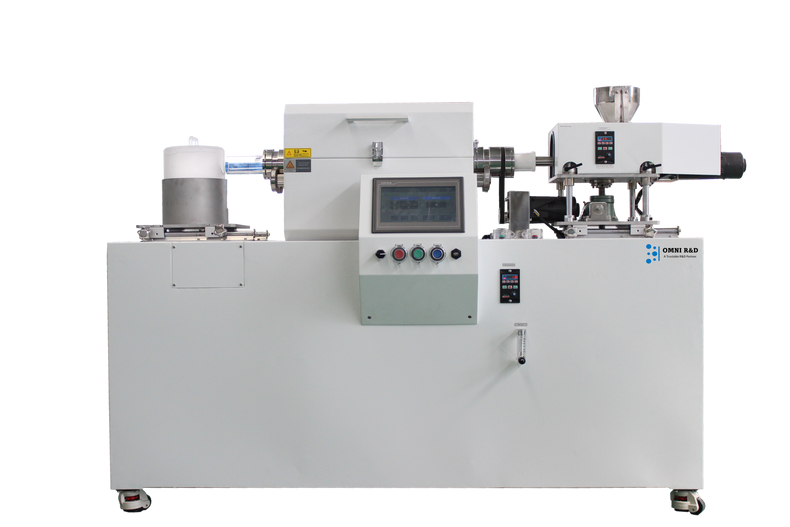In modern semiconductor manufacturing, plasma-enhanced chemical vapor deposition (PECVD) systems have become an essential tool for the deposition of high-quality thin films. These systems offer a range of benefits, including excellent film uniformity, low-temperature processing, and high throughput. In this blog, we will explore PECVD systems, how they work, and their applications in the semiconductor industry.
What is PECVD?:
Plasma-enhanced chemical vapor deposition (PECVD) is a thin film deposition technique that involves the use of a low-pressure plasma to activate precursor gases and promote chemical reactions that lead to the deposition of a thin film on a substrate. The plasma used in PECVD systems is typically generated using a high-frequency RF power supply, which creates a glow discharge in the process gas.
PECVD systems typically operate at low pressures, typically in the range of 0.1-10 Torr, and at relatively low temperatures, typically in the range of 200-500°C. The low pressure helps to reduce scattering and promote uniformity, while the low temperature minimizes damage to the substrate and allows for the deposition of a wide range of materials.
How do PECVD systems work?:
PECVD systems typically consist of a vacuum chamber, a gas delivery system, a plasma generator, and a substrate holder. The gas delivery system is used to introduce the precursor gases into the vacuum chamber, where they are then activated by the plasma to form a thin film on the substrate.
The plasma generator typically uses a high-frequency RF power supply to create a glow discharge in the process gas. The plasma then activates the precursor gases, promoting chemical reactions that lead to the formation of a thin film on the substrate.
The substrate holder is used to hold the substrate in place during the deposition process. It is typically heated to promote the formation of the thin film and to improve adhesion between the film and the substrate.
Applications of PECVD systems:
PECVD systems are widely used in the semiconductor industry for the deposition of a wide range of thin films, including silicon dioxide (SiO2), silicon nitride (Si3N4), and amorphous silicon (a-Si). These materials are used for a variety of applications, including the fabrication of microelectronic devices, photovoltaic cells, and display panels.
PECVD systems are also used in the production of thin-film transistors (TFTs) for displays and other electronic devices. TFTs are an essential component of modern displays, and PECVD is a key technology for their fabrication.
Conclusion:
PECVD systems are an essential tool in modern semiconductor manufacturing, offering excellent film uniformity, low-temperature processing, and high throughput. These systems are used in a wide range of applications, including the deposition of thin films for microelectronic devices, photovoltaic cells, and display panels. As the demand for advanced electronic devices continues to grow, PECVD systems will play an increasingly important role in the semiconductor industry.

